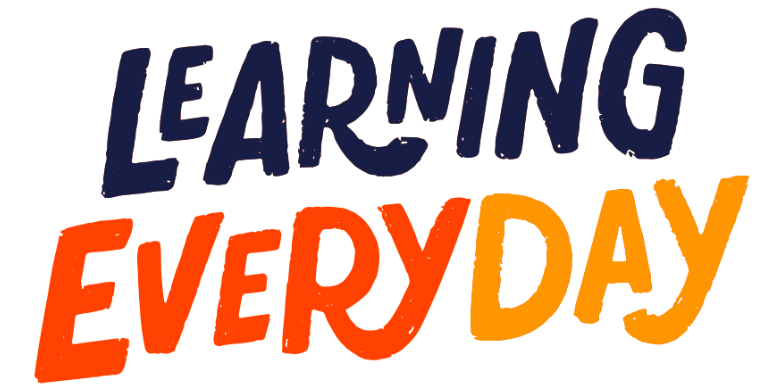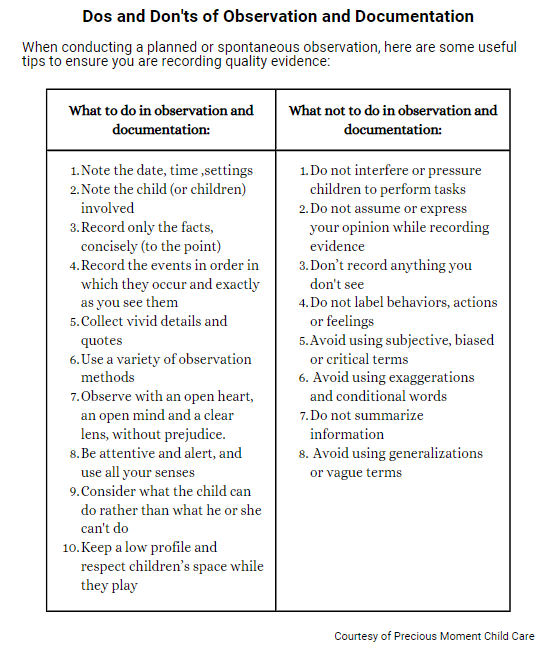Purple Crying
Do you know about purple crying?
The term “purple cry” is used by some professionals to describe a normal phase in the growth of babies. It is important to keep in mind that most parents experience this type of crying at some point and staying calm is essential to provide the best care for the baby.
The characteristics of purple crying are summarized by the acronym PURPLE:
- P (peak of crying): crying intensifies each week, peaking around two months of age, then tapering off
- U (Unexpected): both its start and end are completely unpredictable
- R (resist soothing): unlike other types of crying, the baby does not calm down easily
- P (pain-like face): it may look like they are in pain, even when they are not
- L (long lasting): crying may continue for extended periods
- E (evening): it is common for the baby to cry more in the afternoon and at night, especially between 5pm and 9pm.
Courtesy of Precious Moment Child Care

The PURPLE crying period is a normal phase that begins around 2 weeks of age and lasts until 3 or 4 months of age. Despite the word purple, it does not mean that the baby actually gets that color.
To calm the purple crying, it is essential to stay calm and be patient, as the baby is fine. Different strategies can be used with the baby such as holding in your arms, carrying, maintaining skin-to-skin contact, performing relaxing activities such as massages, baths or singing to the baby.
As for the cause of purple crying, it is considered the period of greatest crying in healthy babies without an identified medical cause. Although some experts suggest that it is a form of adaptation to the new environment, there is no certainty as to why crying increases during this time. It is worth mentioning that humans are not the only ones who go through this stage.
Cries that indicate signs of illness often sound like weak, tired moans, with high pitches and low intensity, sometimes accompanied by long pauses between crying sessions.










